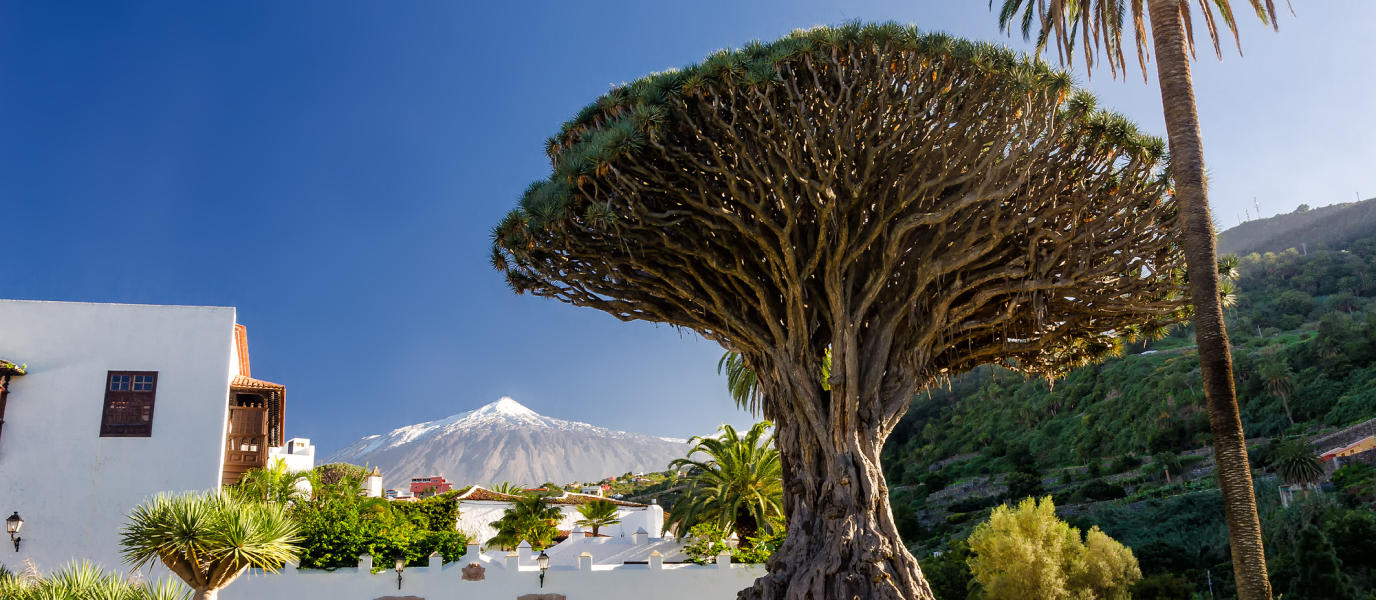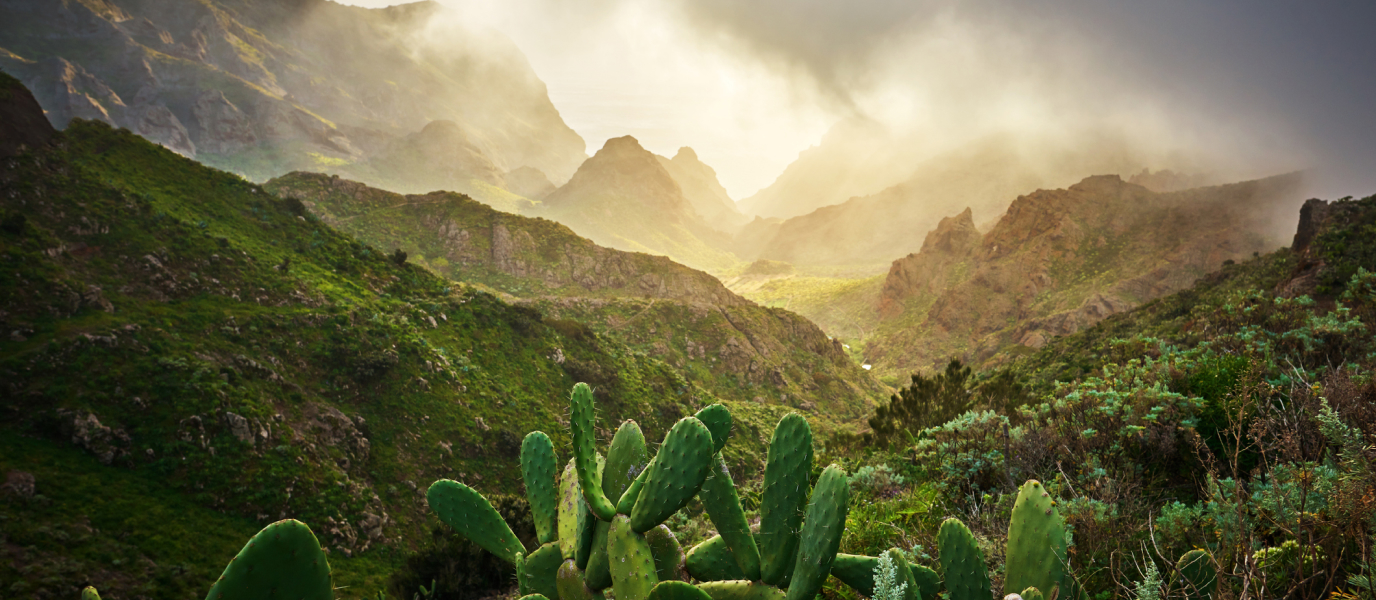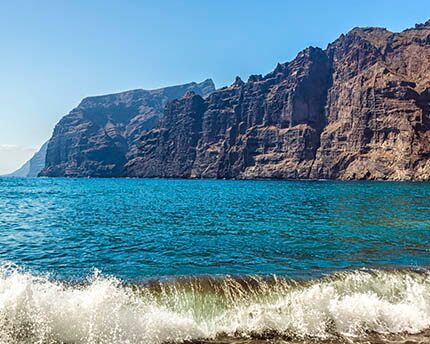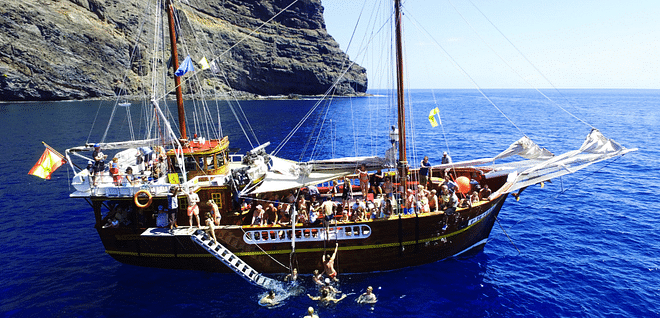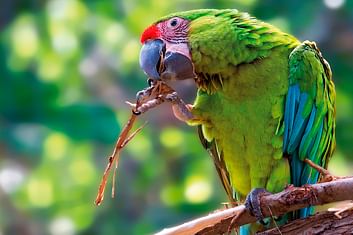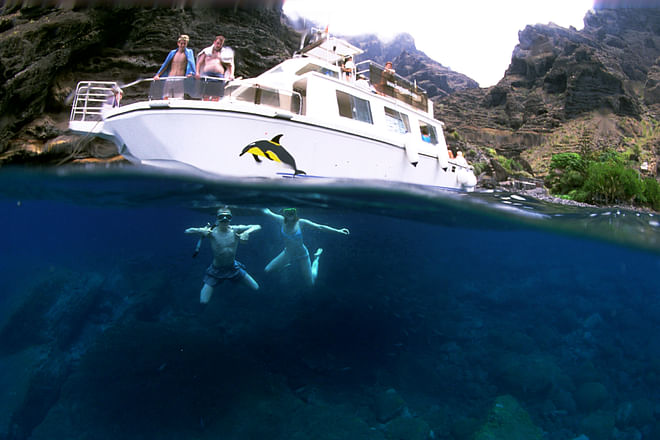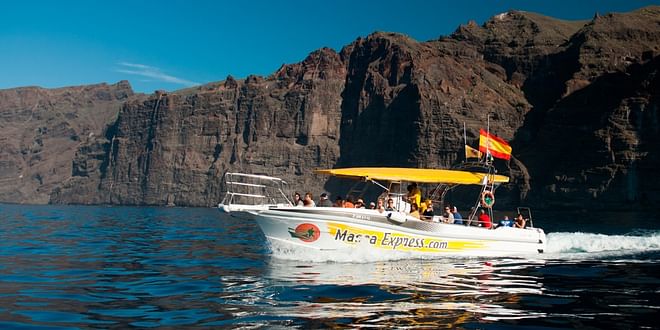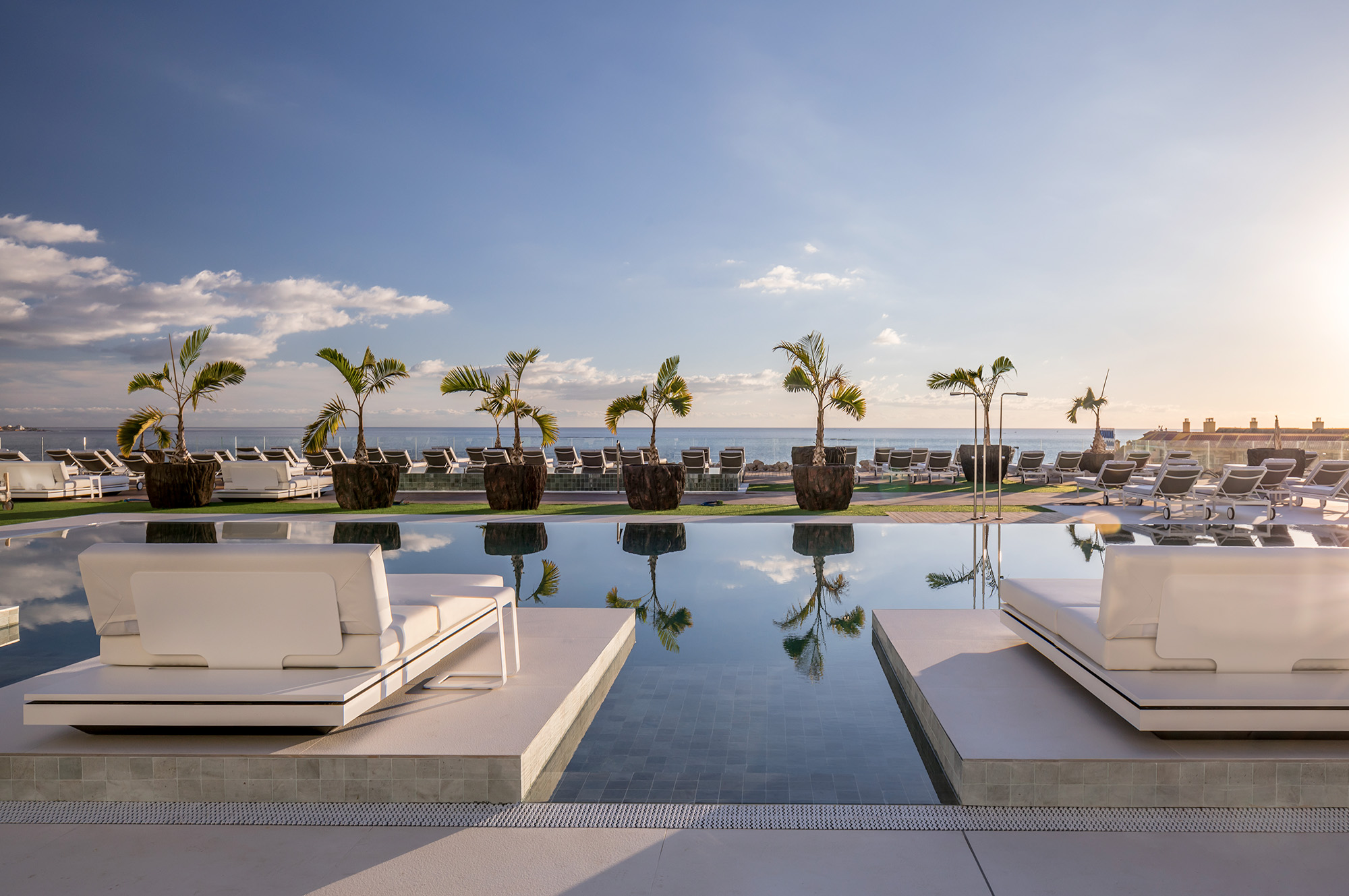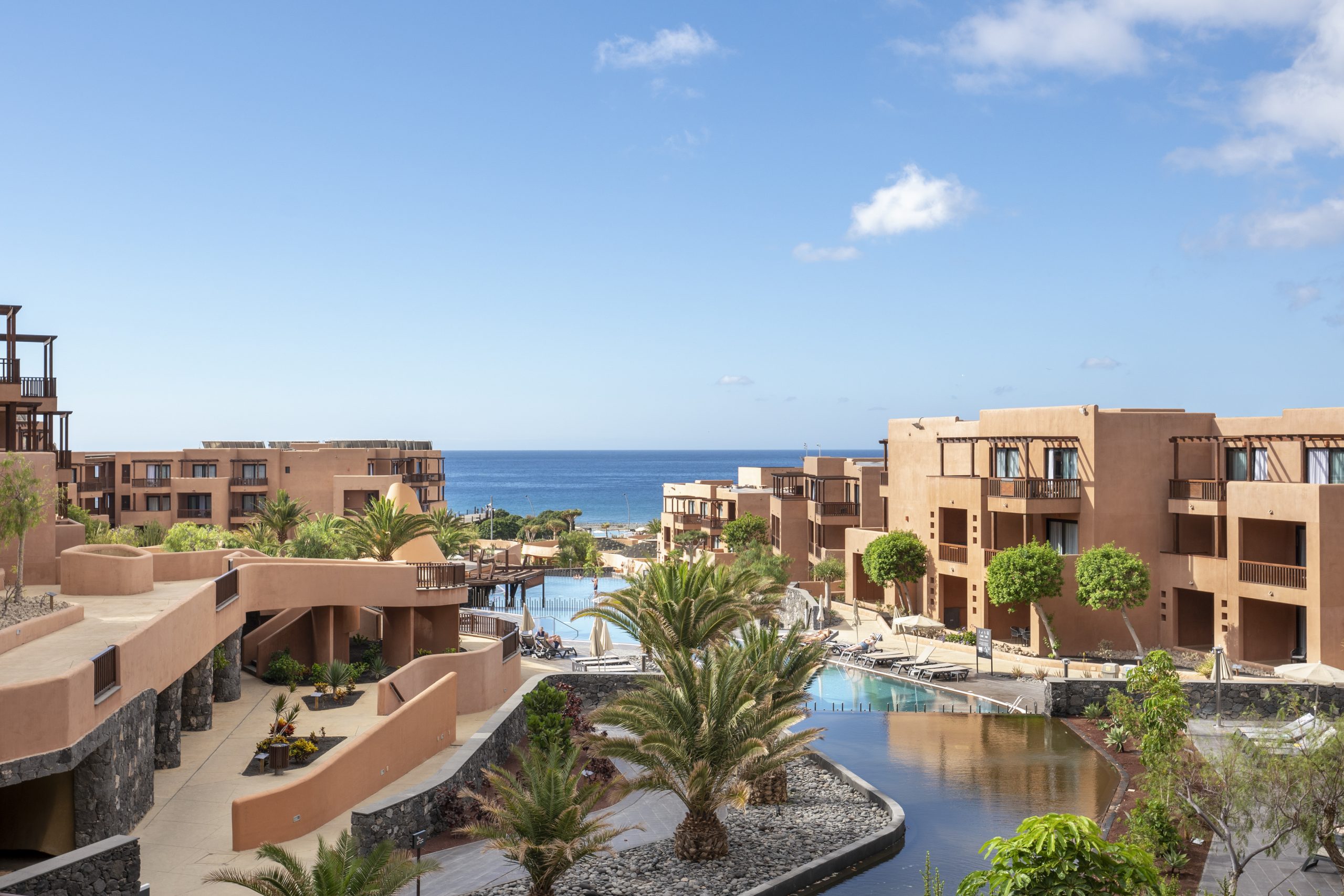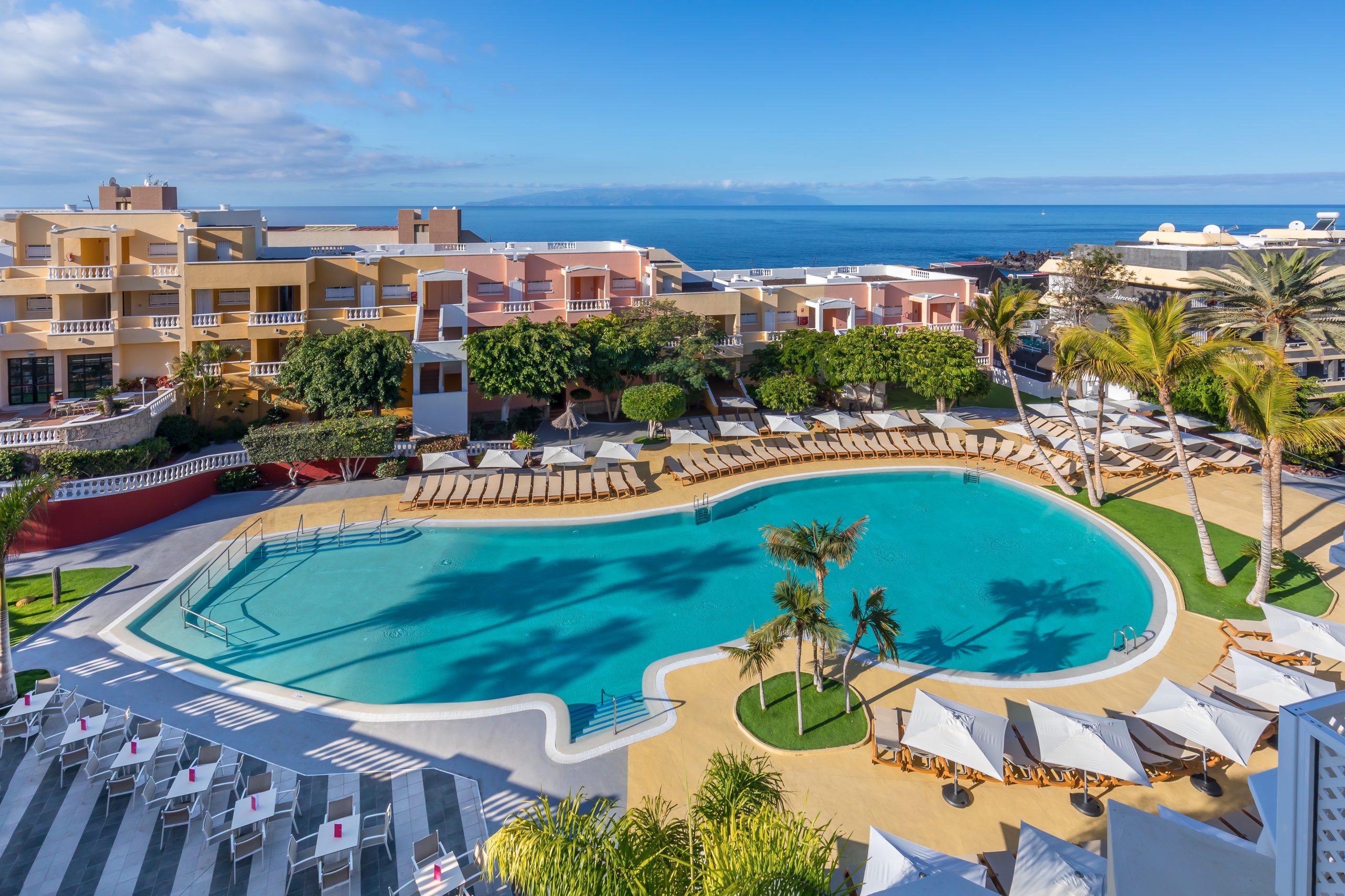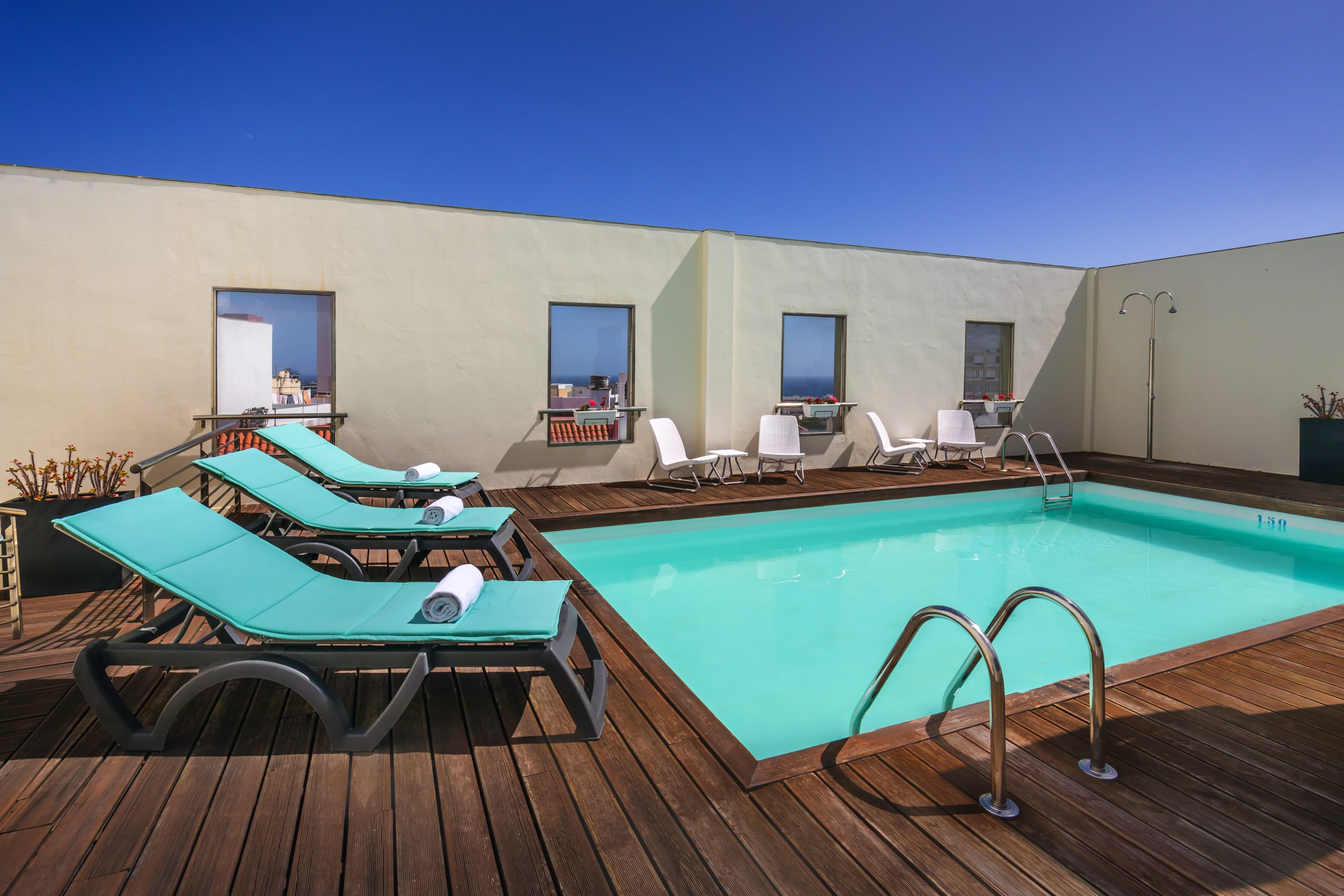In the north of Tenerife lies the town of Icod de los Vinos, famous for being the home of one of the iconic symbols of the Canary Islands: the Drago Milenario, a tree that is over 800 years old, which harbours ancient legends that parents have passed onto their children. It is said to be the oldest dragon tree in the world.
The Canary Islands dragon tree, the symbol of Tenerife
The dragon tree in Icod de los Vinos spans 18 metres in height and has a trunk diameter of 20 metres. Known as the Drago Milenario [Thousand-Year-Old Dragon Tree], it is one of the most legendary symbols of Tenerife and can be visited in Drago Park. The tree, which is also known as drago, or Draco Palma Canariensis, is an impressive living monument with dense branches and sharp, pointy leaves. One interesting feature of the Canary Islands dragon tree is that its resin is red and somewhat more dense than normal, making it especially striking. For that reason, it is said that the Romans longed for the resin as they believed that it had protective properties and that with it they would never be defeated. From then on, the myth began to gain popularity all over the island.
The Drago Milenario park: a return to the past
The park is situated on Plaza de la Constitución in Icod de los Vinos and you must buy a ticket in order to see it. Once inside, it is very easy to explore the park and enjoy the age-old tree as well as other varieties of giant cacti, Canary Island spurges or euphorbias, and other small dragon trees, by means of marked paths and trails.
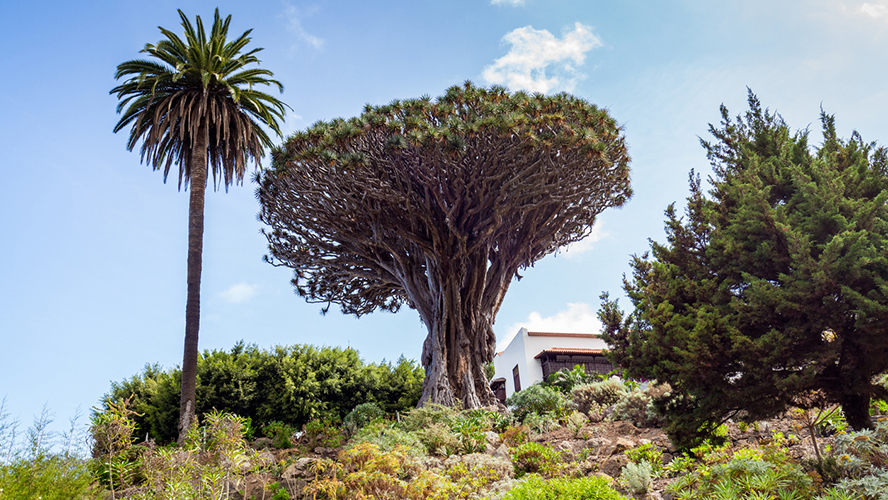
What to see in Drago Park
In addition to viewing other tree species and enjoying a day out in the great outdoors marvelling at the incredible beauty of an 800-year-old tree, you can also appreciate amazing views of Mount Teide from the park’s highest point. Said park spans three hectares and stretches all the way to the Caforiño Ravine. On the other side of the ravine there are various terraces from where coal was mined, as well as an old winery. Close to the Canary Islands dragon tree is the House of the Inquisition, which was built in the late seventeenth century.
Another interesting option in the park is to enjoy a day of picnicking in a special designated area. You can also visit a cave that was sacred for the ancient Guanches (the fifteenth-century inhabitants of the Canary Islands) or explore the park accompanied by a guide specialising in Canarian flora, who will explain more to you about its wonderful species.
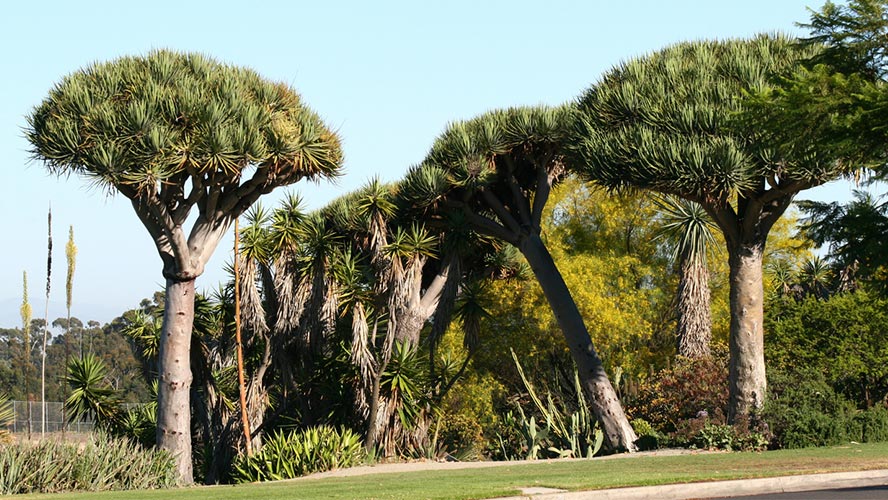
Icod de los Vinos: beyond the Drago Milenario
This small town in Tenerife is strongly associated with wine culture, hence its name (vino is Spanish for wine). When the Castilians introduced the cultivation of grapes to Tenerife, around the fifteenth century, Icod was one of the most successful towns in terms of aguardiente and winemaking. Over time, Icod de los Vinos became the fourth most important town in Tenerife in terms of exporting the drink to other countries such as Portugal and the United Kingdom.
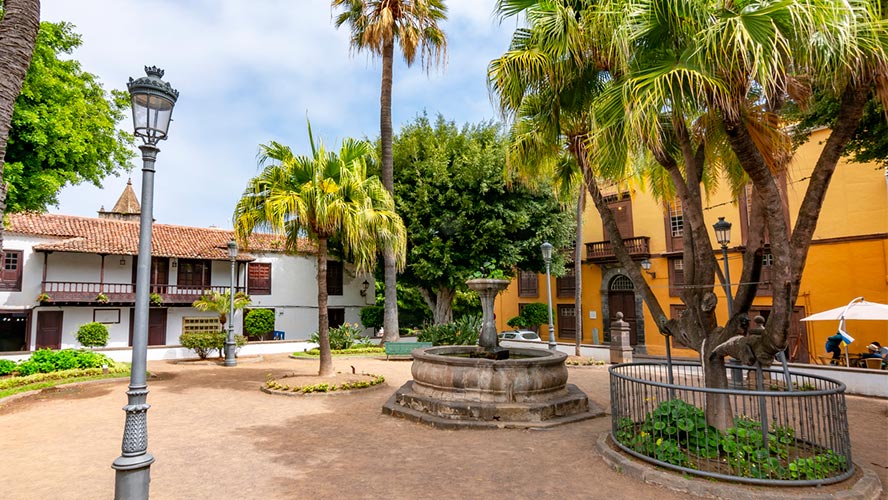
What to see in Icod de los Vinos
If you’re planning on visiting the town, take note of some of its main attractions listed below:
- Cueva del Viento. A volcanic cave spanning 18 kilometres, making it one of the longest in the world. The Cueva del Viento [Wind Cave] was first discovered on an expedition in 1969, in which six kilometres of cavity were found. However, successive speleological expeditions began to take place and up to 18 kilometres were later traversed. A large variety of geomorphic phenomena, fossil remains and cave fauna can be seen inside it. The main entrance is in the neighbourhood of the same name, Cueva del Viento, which indicates that its existence has been known about for a long time.
- Iglesia de San Marcos [Saint Mark Church]. The legend goes that the image of Saint Mark was found on the eponymous beach and that veneration of the saint began with the arrival of the Spaniards. This was, seemingly, why a church was built in his honour. The place of worship has a simple exterior with a central tower whilst the interior consists of a rectangular floor space with three naves and eight chapels.
- Drago Butterfly Park. If you’re interested in learning more about this very unique species, don’t forget to visit the Butterfly Park, situated next to the dragon tree. It houses over 800 species of exotic butterflies in different colours and from different places around the world. The centre is open every day; see the official website for opening times.
- San Marcos Beach. Spanning a length of 160 metres, this shell-shaped beach is one of the smallest and quietest in Tenerife and thanks to its special location it has the unusual feature of being protected from the wind. Its most unique characteristic is its volcanic sand, which gives it particular character. In summer it gets very busy, so we recommend getting there as early as possible in the morning. It also has restaurants with views of the beach and a sunbed service so you can spend a pleasant day with your family or friends. You can get there by car and parking is available nearby.
Where to eat in Icod de los Vinos
As part of your visit be sure to stop at one of the local restaurants to sample Tenerife’s traditional food. The restaurant El Mortero offers signature cuisine at very reasonable prices: mushroom cordon bleu with a pepper sauce; scrambled eggs with mushrooms, bacon and prawns; almogrote croquettes; and ribs with potatoes are just some of the dishes that the restaurant’s chef has designed to delight diners. The perfect spot for celebrating a special occasion with your family or partner.
The restaurant Carmen offers more traditional cuisine that is deeply-rooted in the traditions of Icod de los Vinos, with some of its specialities including puchero canario (a hearty meat and vegetable stew) and papas arrugadas (‘wrinkled’ potatoes). It is situated at number 2 Calle Hércules and is a perfect place to stop for some food before exploring some more of the town.




































































